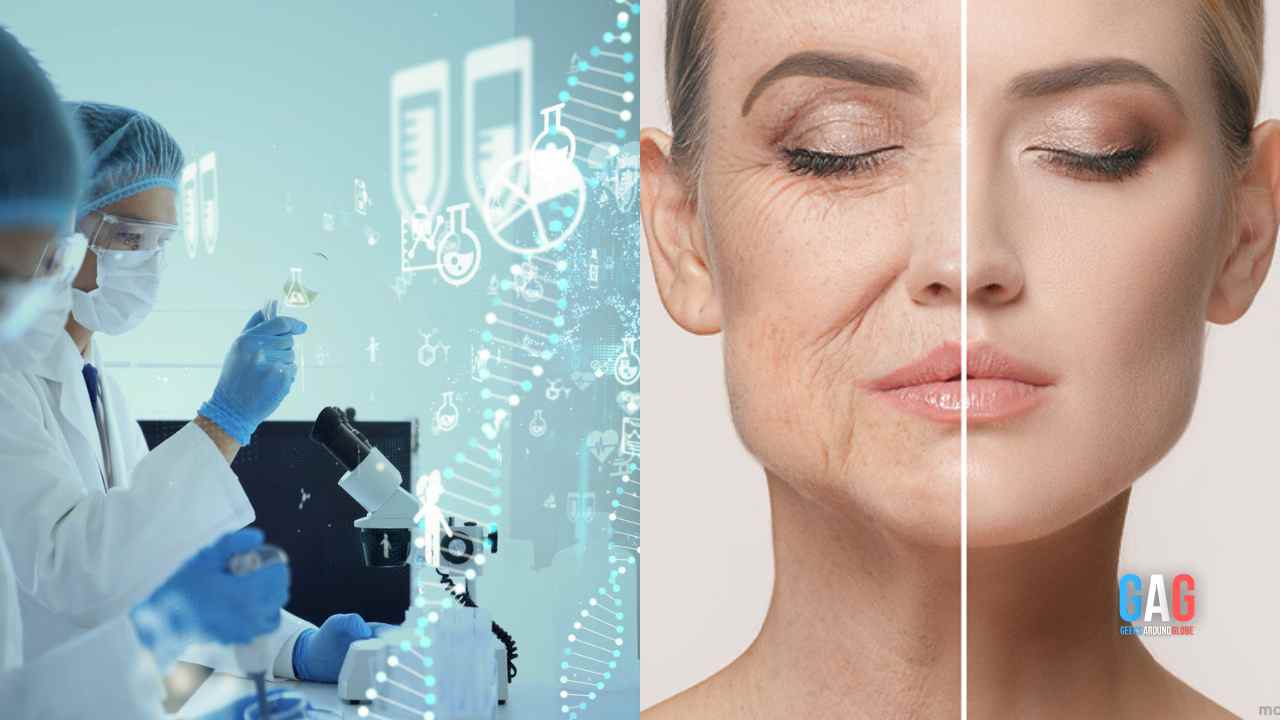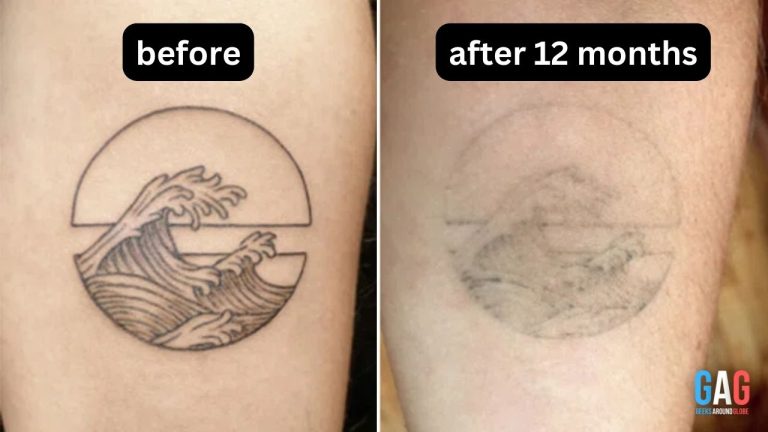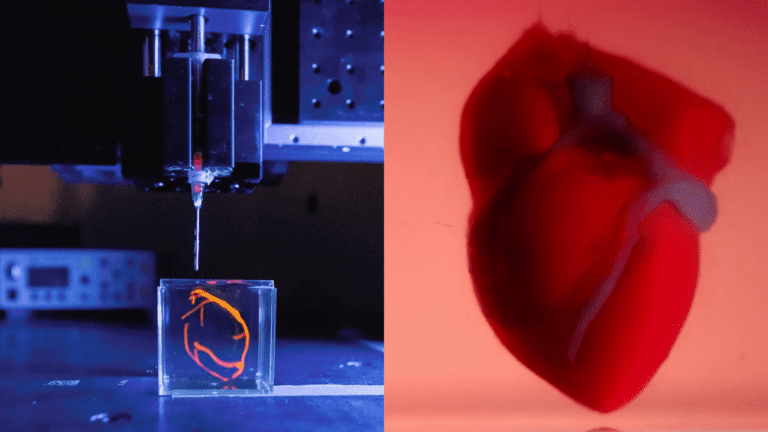Improved health and increased lifespan are now becoming a possibility with this new discovery! Scientists at the University of Rochester have made a successful transfer of the Longevity Gene. The longevity gene generates high molecular weight hyaluronic acid (HMW-HA). It has given some incredible results with resistance to age-related diseases. Not just that, it has also proven to give anti-aging benefits!
The findings of the study come as a result of 10 years of extensive research work. National Institutes of Health funds the research.
Research Study & Findings
The longevity gene is taken from the naked mole rats. Naked mole rats have been long known for their remarkable resistance to age-related diseases. They also showed an increase in lifespan. The specific gene gives improved cellular repair and protection to the mice. The gene gives incredibly exceptional qualities.
“Our study provides a proof of principle that unique longevity mechanisms that evolved in long-lived mammalian species can be exported to improve the lifespans of other mammals,” says Vera Gorbunova Professor of Biology and Medicine at Rochester.
Naked mole rats have a lifetime of around 41 years. That is surprisingly around ten times longer than other rodents. They do not often contract diseases like neurodegeneration, cardiovascular disease, arthritis, and cancer. This is one of the most surprising works of genetics. HMW-HA also shows unimaginable resistance to cancer.
The mice with the gene transfer had less inflammation and had a healthier gut. The HMW-HA gene also shows direct control of the immune system. The anti-aging benefits and resistance to many extreme illnesses show a strong promise in stopping aging.
“It took us 10 years from the discovery of HMW-HA in the naked mole rat to showing that HMW-HA improves health in mice. Our next goal is to transfer this benefit to humans,” says Vera Gorbunova.
Scientists are looking to put this in effect on humans as well. They hope to achieve this either by slowing down the degradation of HMW-HA or enhancing HMW-HA synthesis. However, the research still has to go through clinical trials.
Conclusion
Improved health and increased lifespan are now becoming a possibility with this new discovery! Scientists at the University of Rochester have made a successful transfer of the Longevity Gene. The longevity gene generates high molecular weight hyaluronic acid (HMW-HA). The mice with the gene transfer had less inflammation and had a healthier gut. However, the research still has to go through clinical trials. Scientists are looking to put this in effect on humans as well.
Journal Reference:
“Increased hyaluronan by naked mole-rat Has2 improves healthspan in mice” by Zhihui Zhang, Xiao Tian, J. Yuyang Lu, Kathryn Boit, Julia Ablaeva, Frances Tolibzoda Zakusilo, Stephan Emmrich, Denis Firsanov, Elena Rydkina, Seyed Ali Biashad, Quan Lu, Alexander Tyshkovskiy, Vadim N. Gladyshev, Steve Horvath, Andrei Seluanov and Vera Gorbunova, 23 August 2023, Nature.
DOI: 10.1038/s41586-023-06463-0
Also read,







